
Seeing as I was based in the BSB paddock at Donington Park, I thought I’d go and find Pete Extance, the team owner of the Quattro Plant Bournemouth Kawasaki set up which fields showdown contender Luke Mossey and Super Swede Filip Backlund. He may be small, but he’s got a big personality and also some big plans. This is what Pete Extance had to say about his season so far, next years rider line up and also how it feels to be on the short circuits as well as between the hedges of the TT course too.
How would you say 2016 has gone?
Really, really well to be honest with you. The goal this year was to win the sidecar championship, was to win the Supersport championship and to be in the showdown with Luke Mossey. We have achieved one of those at the moment with Luke, we won’t be able to achieve the Supersport because Andy Reid has broken his scaphoid but we were pretty close at the time, and the sidecar guys look on course to retain their title. For us, things are going really well.
What’s the difference between GBMoto and yourself?
More factory support, definitely. We run on about 30% of their whole budget. This is a family run team, run by myself and my wife. We do get a small amount of help from Kawasaki but certainly nothing like JG Speedfit. What we have got however, is two phenomenal bikes. Ray Stringer, our chief technician, is a great guy. You could have all the money in the world but if you haven’t got the tools to do the job, it’s not going to happen. We have great guys and a phenomenal rider in Luke so, whilst I’d like more budget, I think we do a great job with the budget we have at the moment. We are in the showdown, whereas you look at Tyco BMW and Buildbase and they haven’t managed that, so all in all it is superb to be where we are at.
How much do sponsors play a part?
Without Quattro Plant, Cool Milk, Techcare, we wouldn’t be in this paddock. My own business, Bournemouth Kawasaki, couldn’t afford to run a BSB team, but then again not many shops can, so yes definitely sponsors are huge. We do more PR work than any other team in the paddock. On Saturday, we did Q&A sessions for kids with Luke and Filip, we do so, so much and I think that’s really important.
How have you found the transition from old Kawasaki to new Kawasaki?
Again, I think that comes down to technicians. We did a great job early on, using the positives of the 2015 bike and taking them to the new, 2016 bike. We worked methodically through testing, in Cartagena and Almeria and we came away from there with the new lap record (Almeria), which was great for a new bike! I think we have shown our competitiveness with the new machines where others have struggled, for example James Ellison has struggled with throttle position, but we haven’t suffered anything like that which comes down to our great staff.
In a World Superbike field, where do you think this bike could be?
I think that comes down to riders ability, but I don’t see any reason why we shouldn’t be top 10 for sure. It is very difficult, because whilst our bike is incredible, the suspension and chassis set up is second-to-non. BSB is breaking lap records where ever we go, with the top five under the old lap record so things are improving all the time.
How much has BSB changed over time?
I think the introduction of the control spec ECU is a great addition because it’s got everyone on a level playing field. We would never be able to afford Magnetti Marelli ignition systems like Airwaves Yamaha had years ago at £150,000 a throw. It makes the smaller teams like myself really competitive which great for the sport and for fans. Our only loss is that we don’t stay in hotels and drive flash cars and wear flash clothes, we just make all our money work. BSB at the moment is on an absolute roll and it’s definitely the best domestic championship in the world. Next season, it will get even better!
Do the crowd figures at events like Cadwell Park embarrass WSBK?
I totally agree! I just don’t think there is the depth at World Superbike, it just seems like the edge has been taken away. I personally don’t like idea of racing on a Saturday. Would a family come out on a Sunday to watch one WSBK race, one World Supersport race and one European Stock 1000 race? I’m not so sure they would. Whilst it may help their television, it doesn’t help the spectators and I just wonder if they’ll look at that soon. They certainly need something, because something’s going wrong.
Will you be continuing with the Supersport next season?
There was a rumour of us dropping the Supersport team but we still haven’t made a decision on that yet. It really depends on what happens with the Superbikes, Mossey is keen to stay with us and we have some chats with riders over the weekend and beyond so we will see where it takes us. There’s a possibility of two BSB bikes and Andy in Supersport but there is also a possibility of bring Andy to Superbike with us but we need to consider sponsors, budget and Andy’s fitness. Once we are 100% then we will go to the press and announce our plans.
What is Andy like away from the track?
Andy knows what he wants and he’s quite a clever lad as far as set up goes. I think his race craft needs to come on more; last week under pressure at Oulton and he touched the grass twice at Cadwell Park. When things are going Andy’s way then he is unstoppable and he would have won the title this year. It’s just his age but he’s a real showman. The fans love him and that’s always a big, big positive!
Does having a road race team stretch resources?
It doe stretch resources but we run it a little bit differently. We run the team from Bournemouth Kawasaki, with a separate set of crews, whereas we run the BSB from Ray Stringer’s in Nuneaton so whilst it is very, very difficult, the roads only take up a little part of our time. Roughly 5 weeks, across the North West 200 and Isle of Man TT. James Hillier doesn’t do any other events so we are looking at getting him on a Superstock 1000 bike next season just to get his eye in a bit more. It is difficult. Do I want to give up the TT? No, not really because I want to win a TT race as much as I want to win a BSB race!
What are the 2017 plans? Anything solid?
We will be having the same sponsors on-board next season and just need to finalise budgets. If we offered Luke an offer last week he would have signed. We just need to get him on the right package and also with the right team and right staff around him.
Kiko Giles @MotoGPKiko
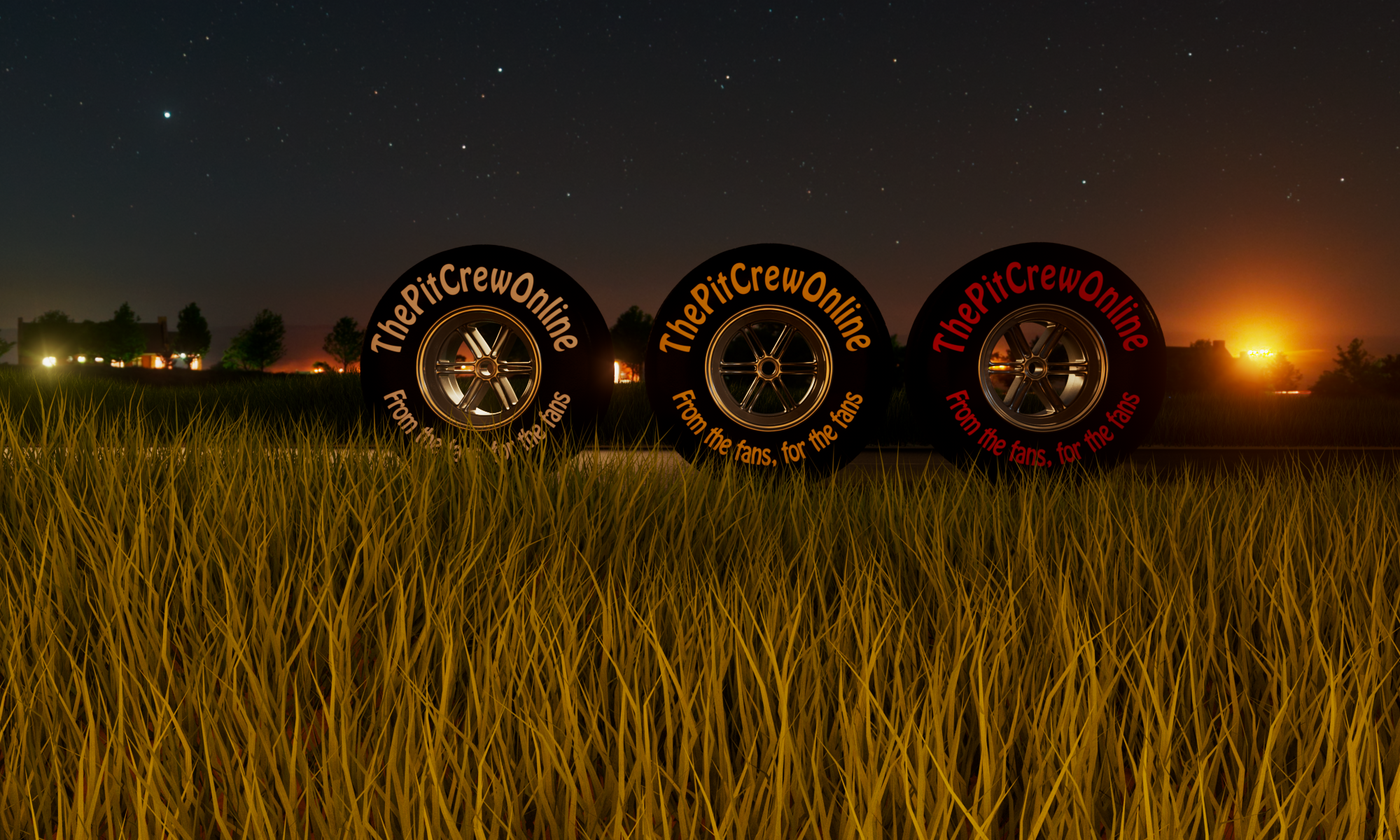





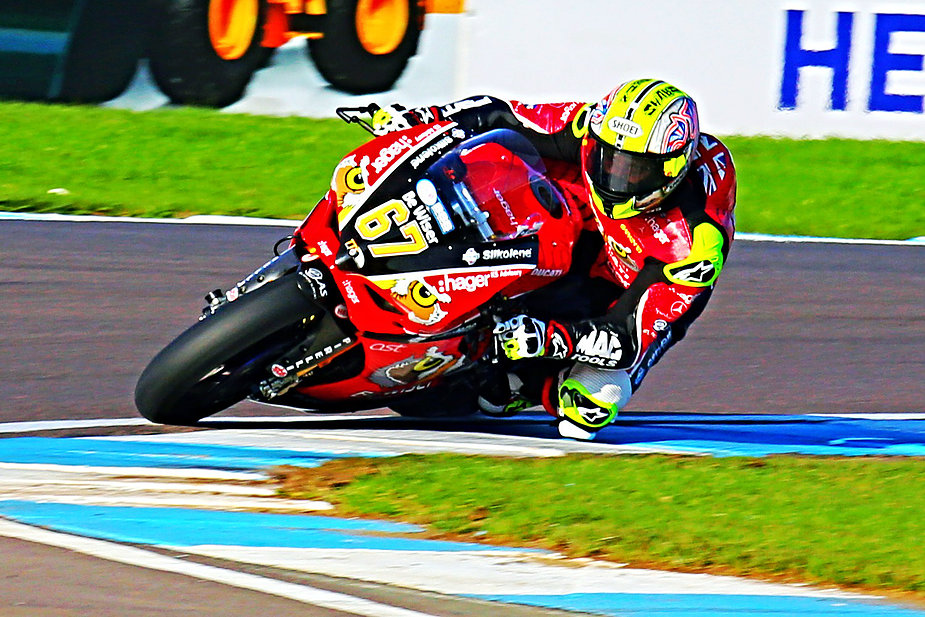
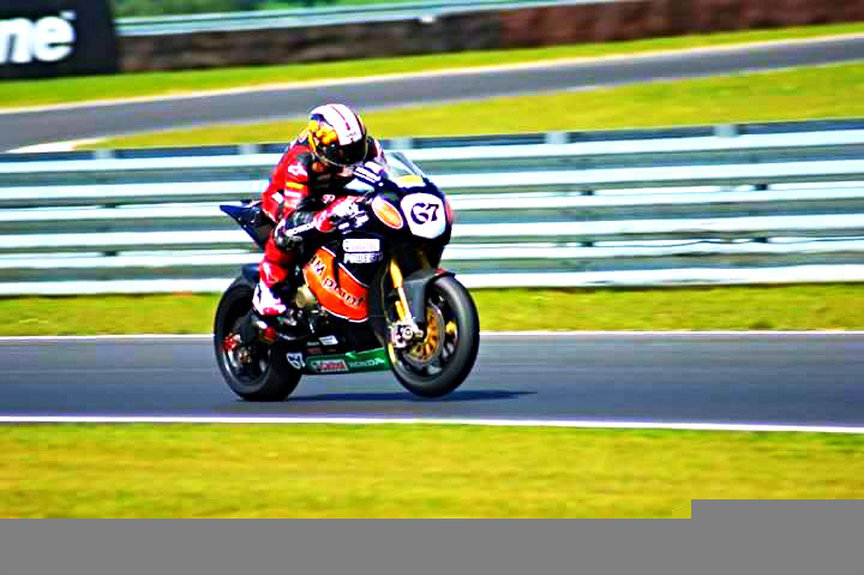
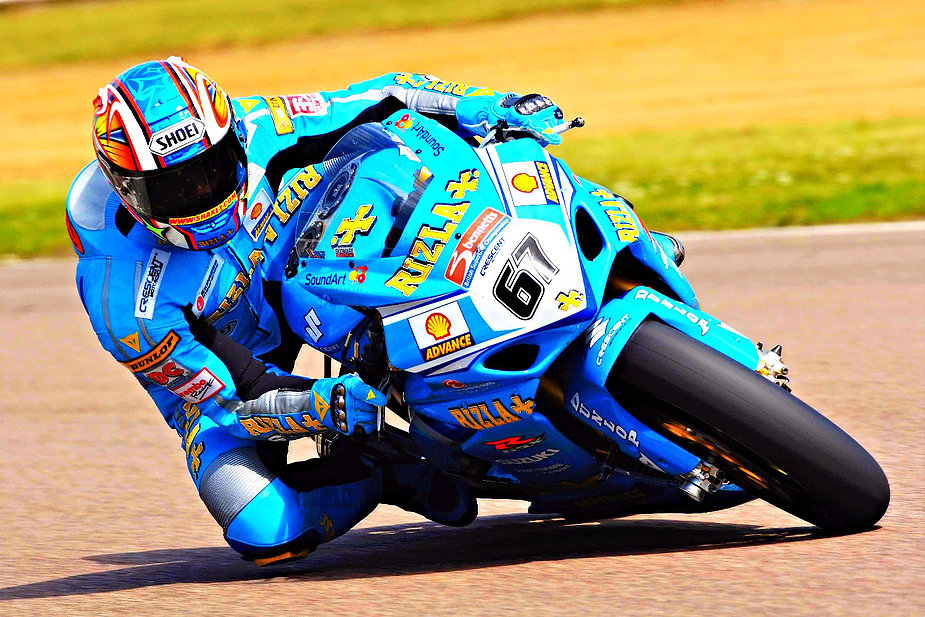
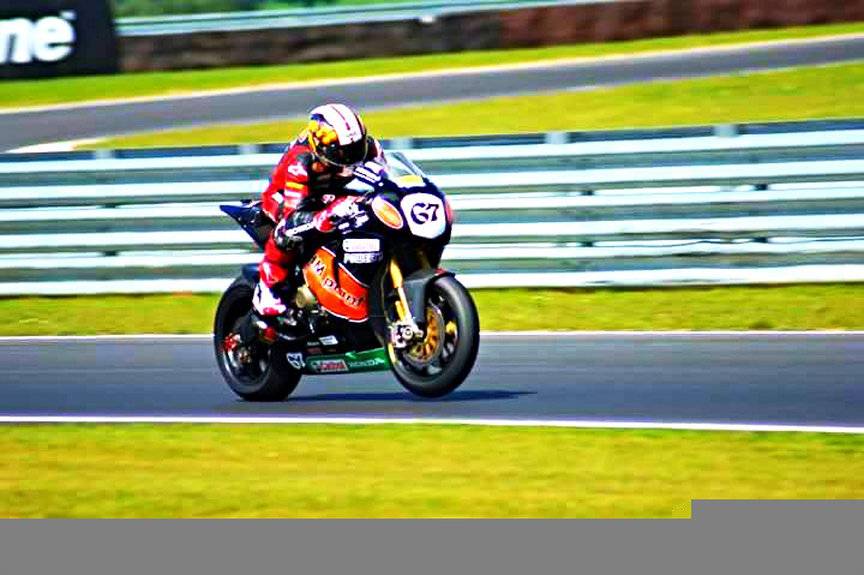
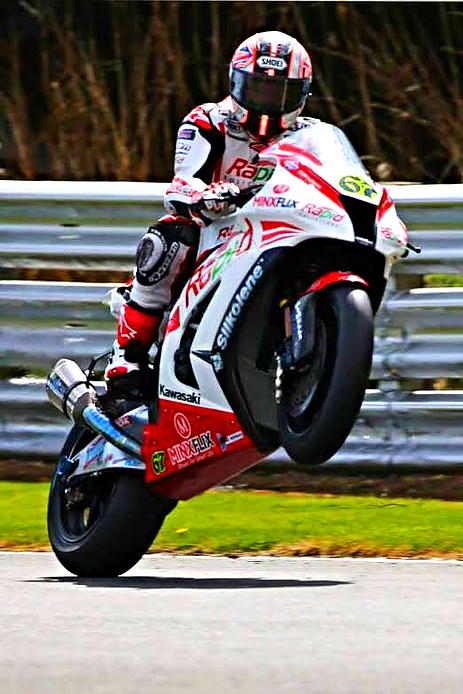
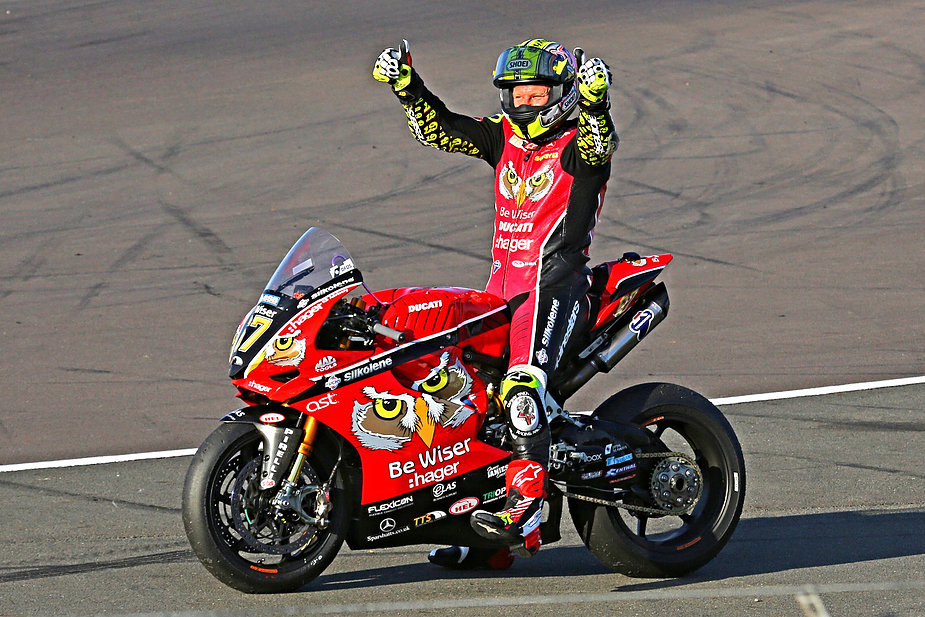



 It is a paradox that a man who hails from a country which has banned racing for decades should go on to become a revered name in motorsport. However, it is perhaps in fitting with who this man is at heart; a pioneer, a courageous visionary with an innovative spirit that, still today, permeates the history of Formula 1. That man is of course, Peter Sauber.
It is a paradox that a man who hails from a country which has banned racing for decades should go on to become a revered name in motorsport. However, it is perhaps in fitting with who this man is at heart; a pioneer, a courageous visionary with an innovative spirit that, still today, permeates the history of Formula 1. That man is of course, Peter Sauber. I am certain however that Peter would be the very first to say that this is nothing to be sad about, history has again been made, with Peter Sauber again at the forefront of it.
I am certain however that Peter would be the very first to say that this is nothing to be sad about, history has again been made, with Peter Sauber again at the forefront of it.

